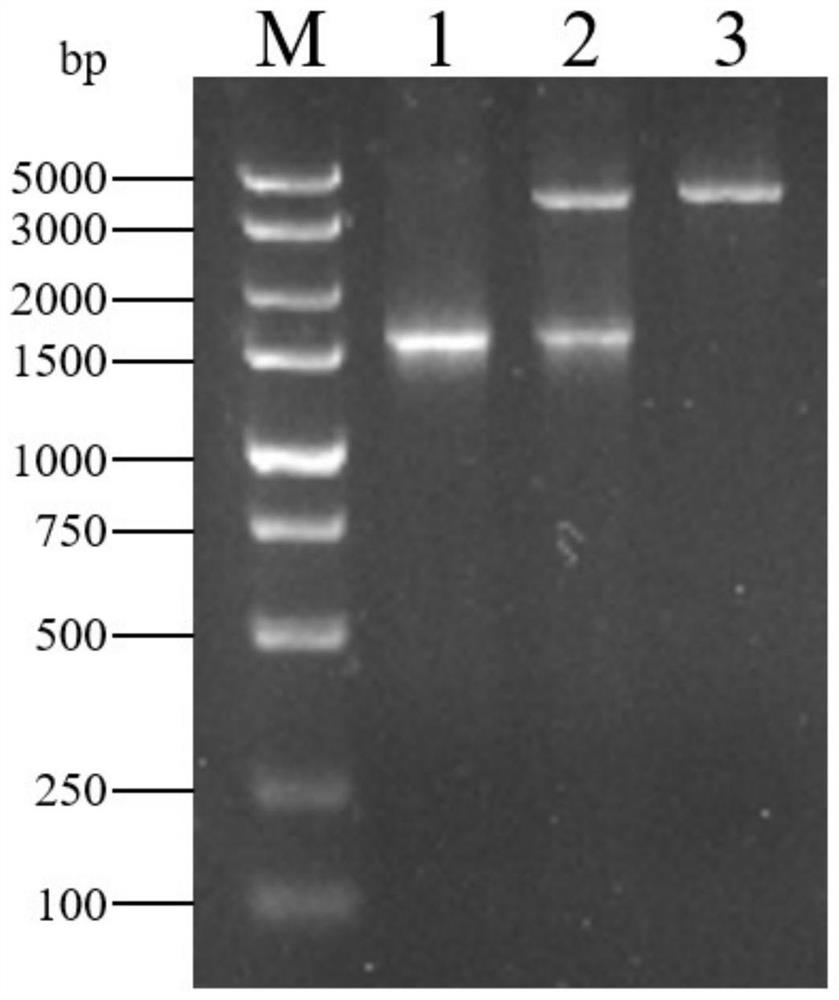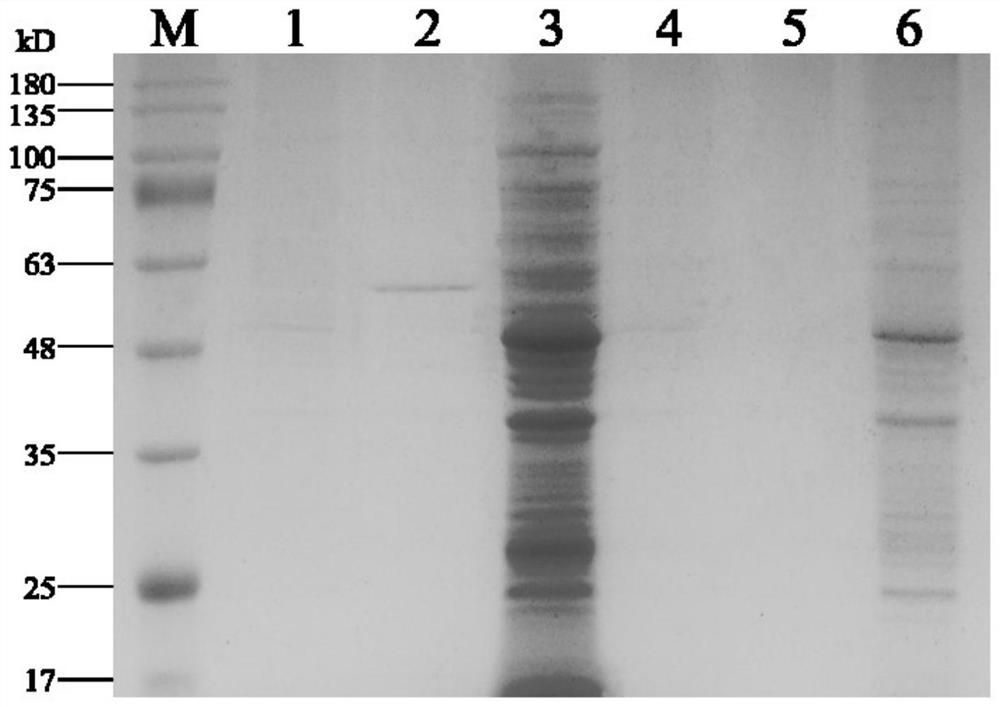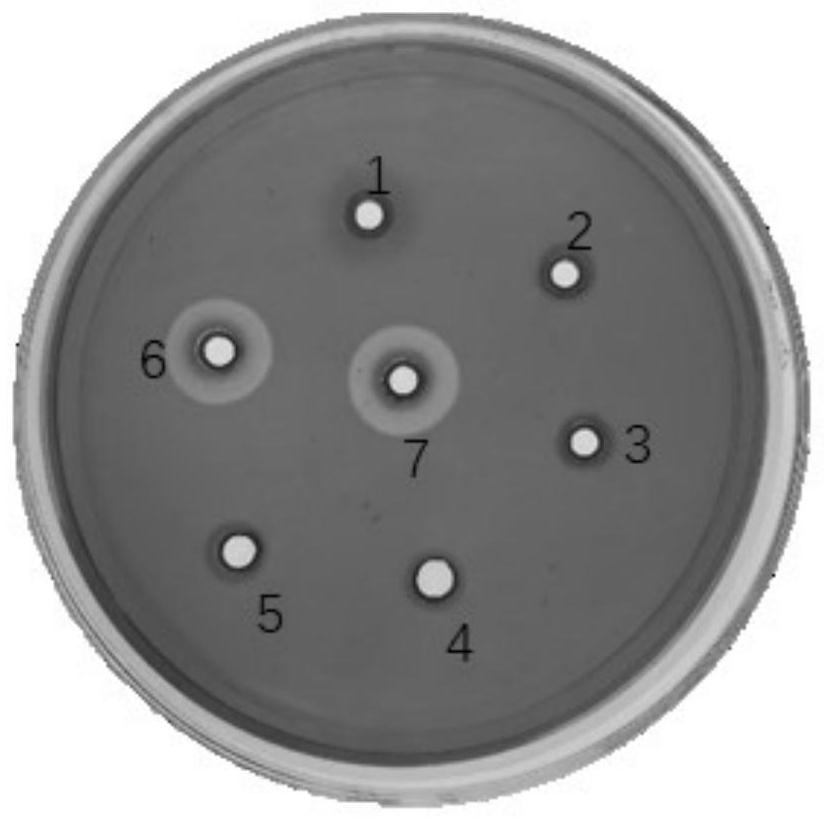Application of bovine rumen microorganism cellulase eg gene in lactobacillus expression
A technology of microbial cellulose and bovine rumen, applied in the field of bioengineering, can solve the problems of polluted environment, low enzyme content, and lack of vitality of crystalline cellulose
- Summary
- Abstract
- Description
- Claims
- Application Information
AI Technical Summary
Problems solved by technology
Method used
Image
Examples
Embodiment Construction
[0028] Below in conjunction with the examples, the specific implementation of the present invention will be further described in detail. The following examples are used to illustrate the present invention, but are not intended to limit the scope of the present invention.
[0029] The application of a bovine rumen microbial cellulase eg gene in the expression of lactic acid bacteria of the present invention will be further specifically described below.
[0030] 1. Materials and methods
[0031] 1. Test material
[0032] 1) Strain and carrier: specifically, rumen juice, lactic acid bacteria (L.lactis) NZ9000, E.coli DH5α, and carrier pMG36e.
[0033] 2) Reagent and medium preparation:
[0034] ① Medium preparation: LB medium for Escherichia coli culture; GM17 medium for lactic acid bacteria culture; GM17 / CMC-Na for Congo red staining; GM17 medium preparation: tryptone 5g, soybean peptone 5g, beef extract 5g, Yeast powder 2.5g, glucose 5g, sucrose 171g, MgSO 4 .7H 2 O 0.25g...
PUM
 Login to View More
Login to View More Abstract
Description
Claims
Application Information
 Login to View More
Login to View More - R&D
- Intellectual Property
- Life Sciences
- Materials
- Tech Scout
- Unparalleled Data Quality
- Higher Quality Content
- 60% Fewer Hallucinations
Browse by: Latest US Patents, China's latest patents, Technical Efficacy Thesaurus, Application Domain, Technology Topic, Popular Technical Reports.
© 2025 PatSnap. All rights reserved.Legal|Privacy policy|Modern Slavery Act Transparency Statement|Sitemap|About US| Contact US: help@patsnap.com



